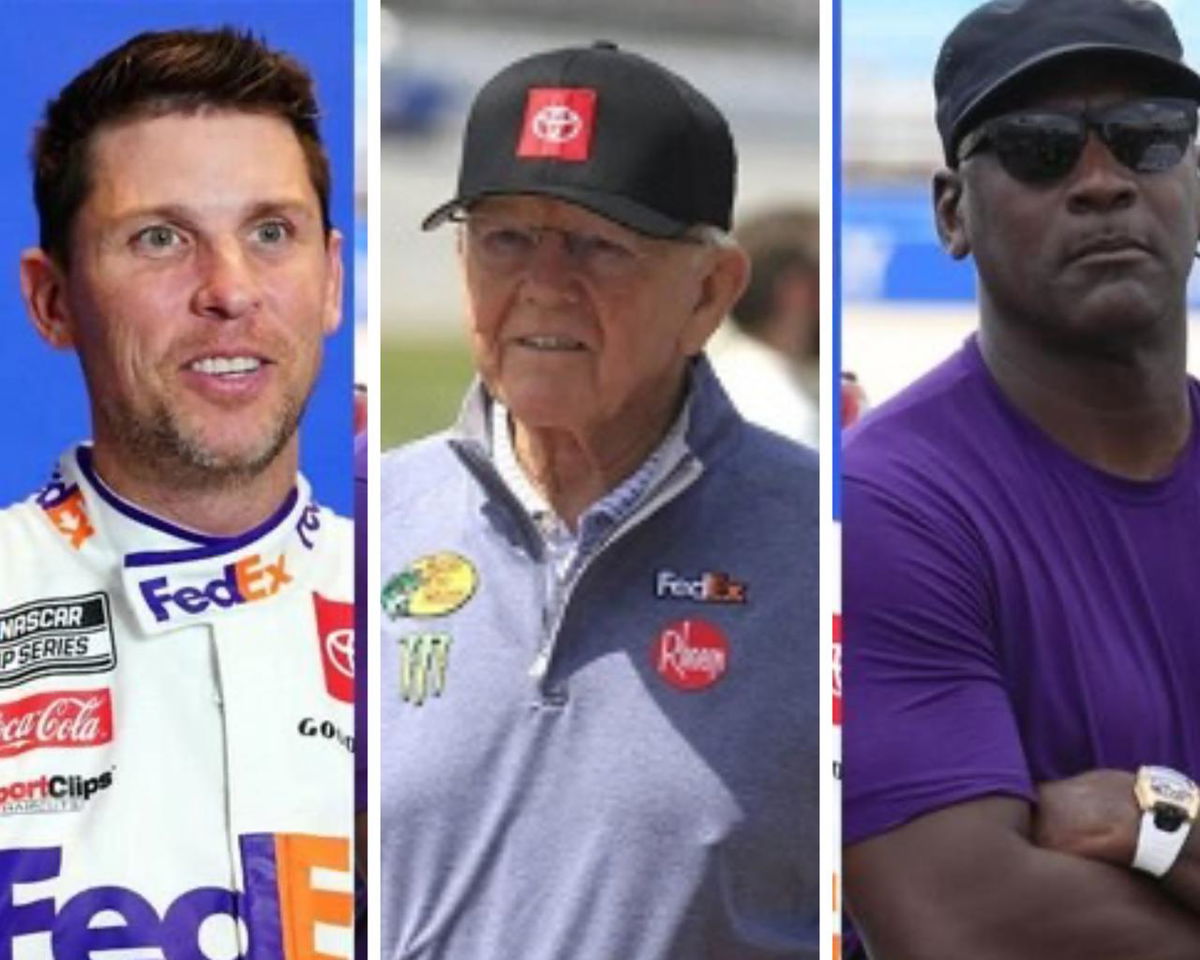
Imago
Image Credits: Imago

Imago
Image Credits: Imago
Safety remains the priority in NASCAR. The tragic demise of Dale Earnhardt was a wake-up call for NASCAR, and over the years, governing bodies have implemented measures to enhance driver safety. Yet, incidents are not uncommon. As recent as the incident that happened at the Cup Series race in Talladega, the wounds remain fresh in everyone’s minds.
Watch What’s Trending Now!
During the race, Noah Gragson, the race leader, was bumped from behind by Ross Chastain, causing Gragson to spin out and collide with the wall. This triggered a chain reaction of crashes, with Kyle Larson losing control of his car and re-entering the track. Ryan Preece had no opportunity to avoid the collision and made a significant impact with Larson’s right door. Both cars sustained extensive damage, but fortunately, both drivers were able to walk away from the incident unharmed.
In response to inquiries, NASCAR announced changes in the Next Gen cars, which will be implemented from the next weekend in Atlanta. These changes aim to further the safety measures and protect drivers.
ADVERTISEMENT
What are the changes NASCAR will make in the Next Gen cars?
NASCAR has introduced a new front-clip structure aimed at providing a larger crush zone to absorb potential impacts. As an additional safety measure, a steel plate is being added to the right side of the vehicle, serving as an extra cushion against impacts.
The redesigned structure involves removing material from certain steel structural members to reduce stiffness. Slots have been incorporated on both sides, and certain cross members between the upright mounts have been eliminated. Modifications have also been made to areas that typically make initial contact with the wall on the front clip.
ADVERTISEMENT
WATCH THIS STORY: Denny Hamlin Leaves NASCAR Fans in a Frenzy After Boasting Partner Michael Jordan’s Signature Collection
Top Stories
A’ja Wilson, Bam Adebayo Issue Strong Statement Against Rachel Nichols’ Question About Couple’s Privacy

7ft Shaquille O’Neal’s Eldest Born Child Clears Height Mystery as She Finally Reveals Truth

Respect Pours In for Shaquille O’Neal, Charles Barkley After $200,000 Announcement

Mavericks Make Anthony Davis Trade Decision Amid Plan to Cut Ties With 3 Stars

“Why Wouldn’t I?”- LeBron James Defies JJ Redick’s Directive, Takes FT Off Luka Doncic

As reported by Frontstretch.com, Dr. John Patalak, VP of safety engineering at NASCAR, said, “The right-side door bars of the center section is getting a steel plate welded to it and really what it does it’s strengthening the right-side door bars against intrusion for crashes as we saw at Talladega.”
ADVERTISEMENT
While it is commendable that the organization is constantly working toward enhancing safety measures, the question remains, will the teams be able to adapt to the upgrades in a timely fashion?
Denny Hamlin reveals 23XI Racing’s challenges in implementing safety measures
Following his pole position finish in the qualifying, Denny Hamlin was questioned about the upcoming changes to the cars at Atlanta. NASCAR had implemented safety modifications in the Next Gen cars, but teams like 23XI Racing face challenges as they lack their own manufacturing facility.
ADVERTISEMENT
The #11 Toyota driver said, “It’s certainly harder for a team like 23XI because we don’t have the manufacturing facility and we don’t have the equipment that JGR has. Certainly, we have to lean on them quite a bit to help us to execute those changes. What’s the long-term effect of it though, right? The business model of the car was built around it being super rigid and you’re never having to replace anything.
“The softer it is and the more crunchable it is, the more cause to crash them so what happens there? That’s the cause and effect that we haven’t seen quite yet. Luckily, we have a good agreement with JGR for when these things happen. They have the manpower to help assist us and make sure our cars are ready to go on time.”
ADVERTISEMENT
With days to see the safety measures implemented, too much rests on the authorities’ shoulders to make racing a safe place to work at.
ADVERTISEMENT
ADVERTISEMENT
ADVERTISEMENT
ADVERTISEMENT

